Ask someone in the UK to list the insects they see around them, and youāre likely to hear mention of the flies and wasps that lurk in the gloomier corners of the garden shed.
But as well as the better known names on the list - this country is home to many different species of insect, some of which may surprise you with their vivid colours and sparkle. “óĻó“«Ć½ Bitesize has got together with the Royal Entomological Society to showcase just a few of the remarkable creatures which can call the United Kingdom home.
Remember, even though they look beautiful, it's best not to touch any of these insects if you see them out in the wild. Not only is there potential for some to sting you, it's advisable to leave them alone in their own habitat.
As National Insect Week takes place from the 19 ā 25 June 2023, we wanted to take a look at and celebrate some insects you might find in the UK.
5 unusual insects youāll find in the UK
1. Meet the glittering rose chafer
These metallic green beauties are from the same family as the dung beetle. If you live in the south or midlands of the UK, you may see or hear them flying on sunny days during spring and early summer.
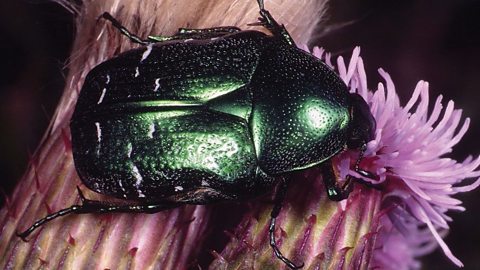 Image source, Roger Key
Image source, Roger KeyUnlike the diet which gave their relatives their name, the rose chafer (or to use its scientific title, Cetonia aurata) feeds on pollen and nectar - including roses, as its name suggests.
The very young rose chafer can be found living in compost and damp soil, and when the time comes for them to hibernate, they become a pupa.
2. The buzz around the cuckoo wasp
Also known as the Chrysis viridula, the cuckoo wasp is well-named as it behaves in a similar way to its namesake in the bird kingdom.
 Image source, Roger Key
Image source, Roger KeyWhereas the cuckoo bird lays its eggs in the nests of others, the cuckoo wasp behaves in an altogether more unpleasant way. It lays its eggs inside the nest of another wasp - the spiny mason wasp - where they hatch and eat the larva of their host. Not the nicest of guests, and you may be able to spot them in flight during the summer months. It is mostly spotted in the south of England and around the coastal areas of Wales.
3. The moth that breaks all the rules
We may associate moths with circling an illuminated light bulb at night, but thereās one in the UK more usually seen during the day.
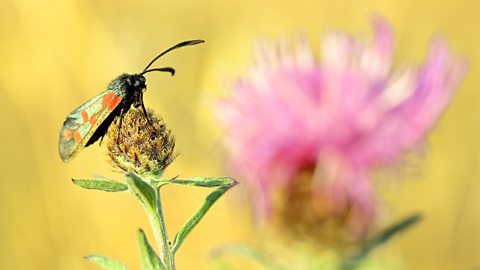 Image source, Simon Carder
Image source, Simon CarderThe six-spot Burnet moth is notable for the half-dozen bright red markings on its wings - spots that can be yellow in some cases.
A notable aspect of the Burnet moth is its An animalās visual warning to a possible predator that it is not worth attacking or eating. For example, if it is poisonous for another creature to eat.. The bright spots are a warning that their bodies contain toxic hydrogen cyanide. The substance enters the mothās body through the plants it eats while in its caterpillar form. Keep an eye out for those red spots if you can, as the six-spotted Burnet can be seen throughout the UK.
4. Growing pains of a Dusky cockroach
Whatever your opinion of the cockroach, spare a thought for the Dusky variety.
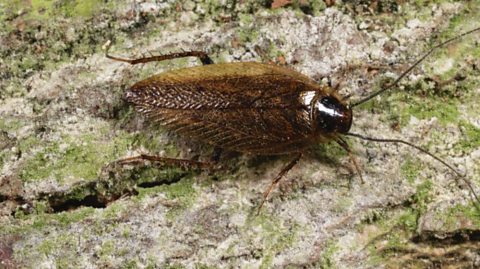 Image source, Roger Key
Image source, Roger KeyNative to the UK, it may not be easy to spot as itās usually between seven and 11mm in length. Itās not so much the smallness thatās an issue for the Dusky cockroach (Ectobius lapponicus), though - itās the way it increases in size.
When cockroaches are young, they look very much like their older selves, only smaller. In order to get bigger, they must lose something called their cuticle. Once they have shed it, they are able to extend their body (slightly) before a new cuticle grows in its place, creating the exoskeleton they carry throughout their adult life.
5. Iām not a mosquito, Iām a cranefly!
Often mistaken for the insects that can give humans a nasty bite, the difference here is that a cranefly isnāt physically capable of taking a nip out of someone - their mouths just arenāt built for it.
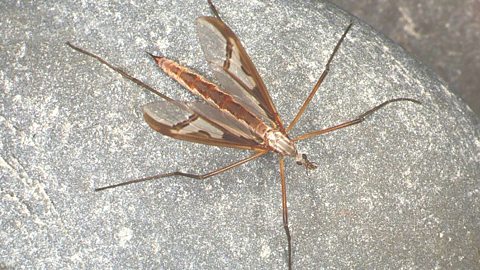 Image source, Roger Key
Image source, Roger KeyKnown as Pedicia rivosa, young cranefly can be found in watery habitats such as streams, or near areas of marshland. The hairy-eyed cranefly is particularly well-named, due to the strands around its eyes - and it can also be distinguished by its distinctive wing markings.
This article was updated in June 2023.
Five well-known animals that went extinct in Britain
Elk, lynx and brown bears all used to roam across Britain.
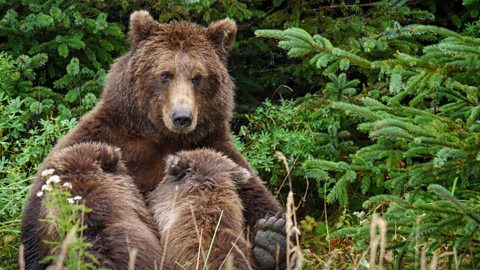
Six cute animals you've probably never heard of
Ever heard of the pika, the numbat and the margay?
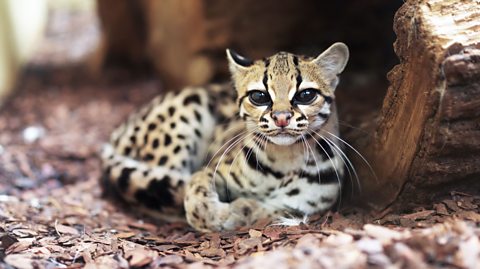
Build a beetle bucket for your garden
Try this outdoor activity with your child or teenager to help them learn about the kinds of insects and ecosystems that exist all around you.
